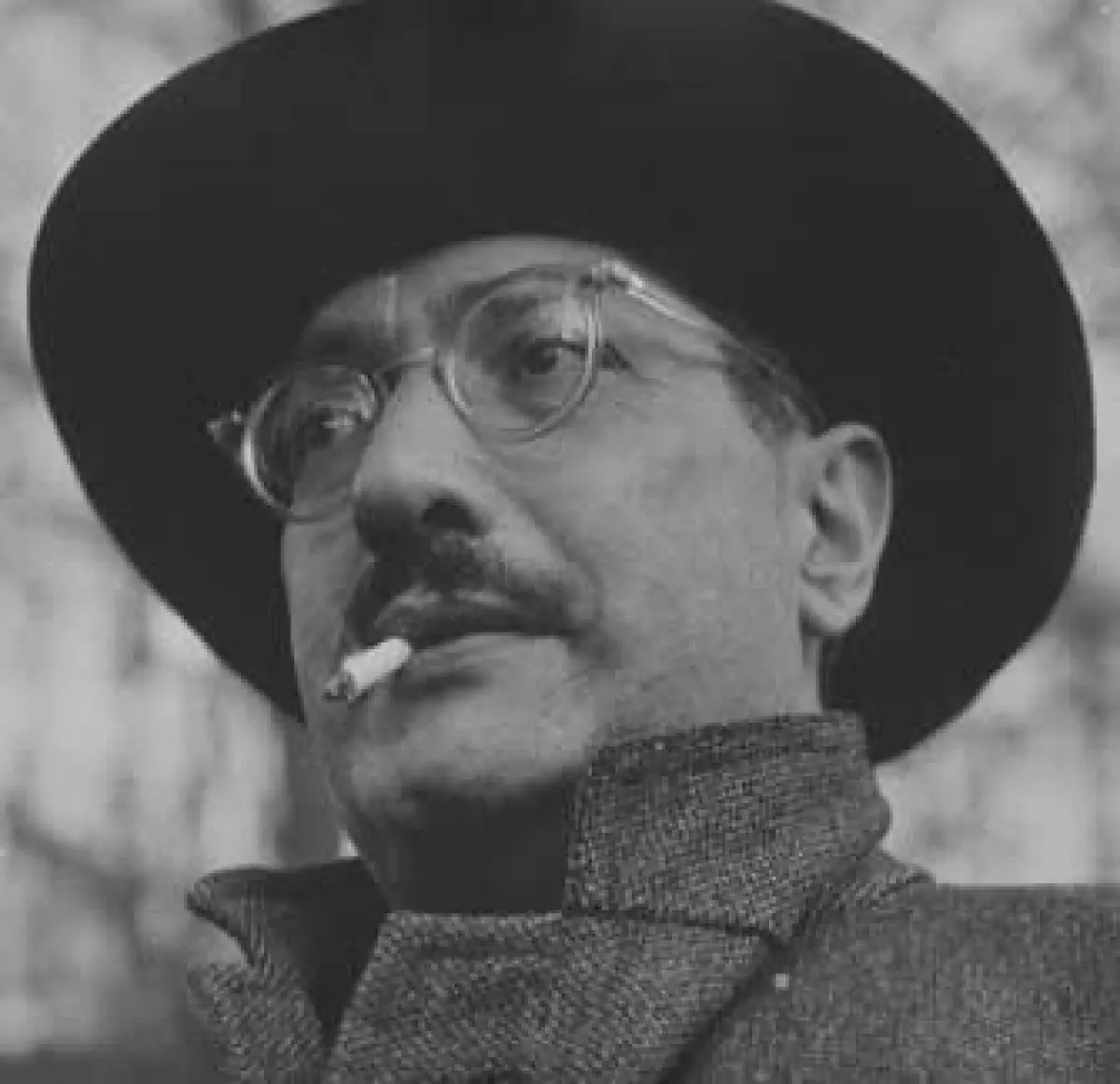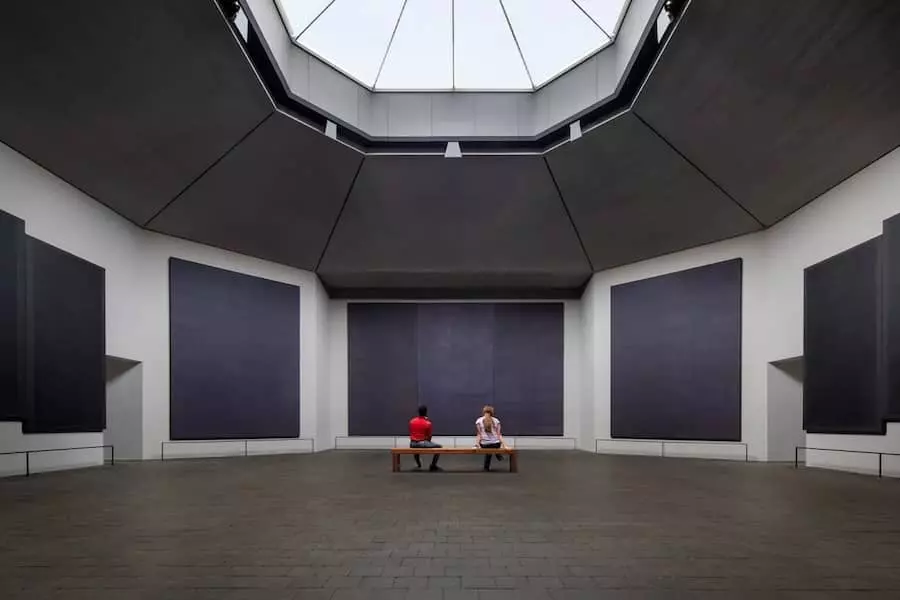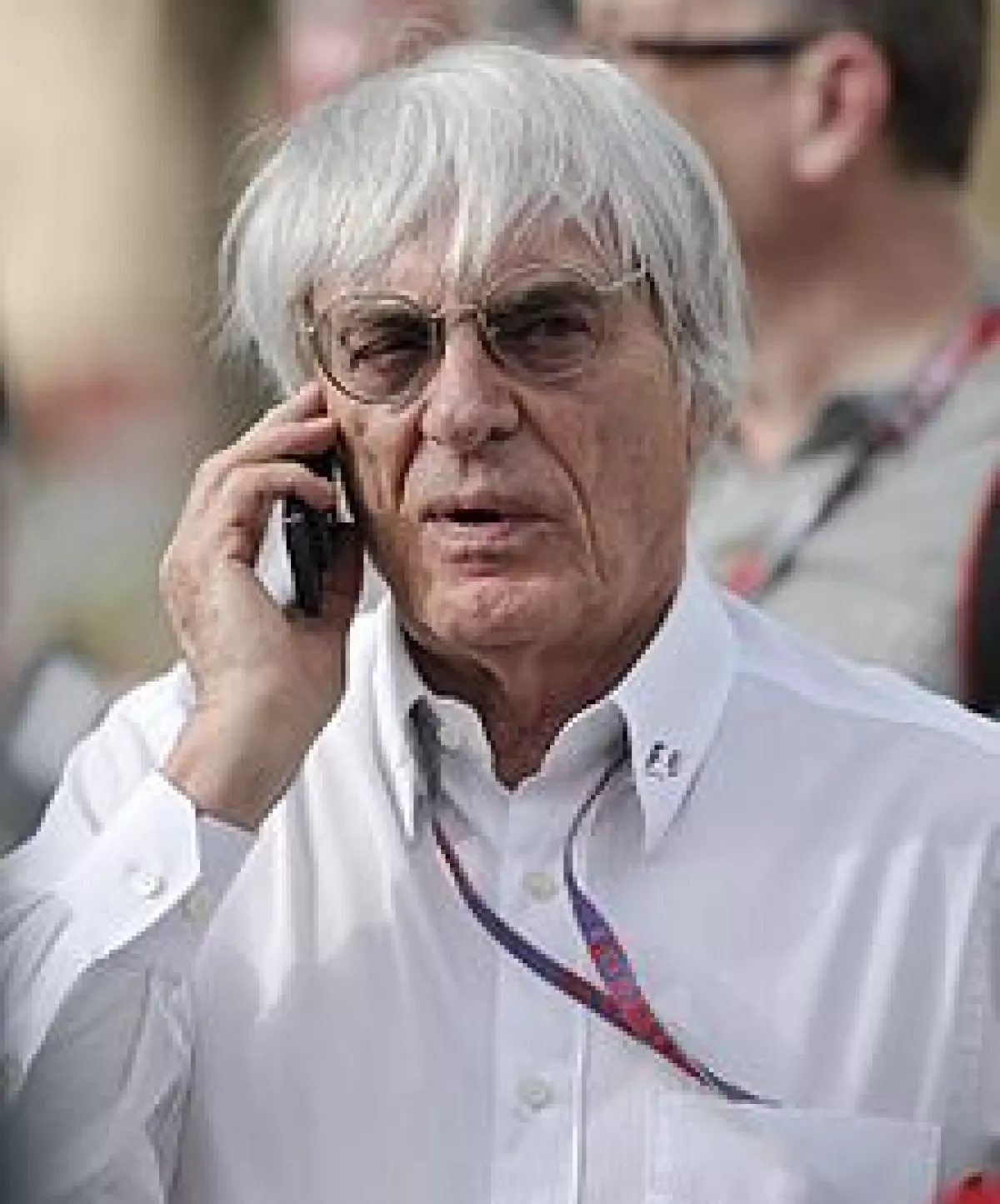 Mark Rothko (1903-1970) was a prominent figure among the American artists who revolutionized abstract painting in the 20th century. His evolution from figuration to abstraction embodied a renaissance in art, with a focus on the viewer's active relationship with the painting. Rothko believed in a consummated experience between the artwork and the observer, with no barriers in between. His color formations drew viewers into a space filled with inner light. Despite resisting interpretation of his paintings, Rothko emphasized the importance of the viewer's experience, highlighting the marriage of minds between the artwork and the observer.
Mark Rothko (1903-1970) was a prominent figure among the American artists who revolutionized abstract painting in the 20th century. His evolution from figuration to abstraction embodied a renaissance in art, with a focus on the viewer's active relationship with the painting. Rothko believed in a consummated experience between the artwork and the observer, with no barriers in between. His color formations drew viewers into a space filled with inner light. Despite resisting interpretation of his paintings, Rothko emphasized the importance of the viewer's experience, highlighting the marriage of minds between the artwork and the observer.
The Early Years
Born as Marcus Rothkowitz in Russia in 1903, Rothko and his family moved to the United States when he was 10 years old. Growing up in Portland, Oregon, Rothko showed immense talent as a student and later pursued liberal arts and sciences at Yale University. However, his true passion lay in art, leading him to New York City to study at the Art Students League with Max Weber, a professor with a deep appreciation of European modernism.
The Emergence of an Artist
Rothko quickly gained recognition for his exceptional skills as an artist. By the 1930s, his original and intense artworks began to attract attention. Alongside a group of modern artists called "The Ten," Rothko exhibited his works under the Works Progress Administration, gaining federal support. During this period, his paintings depicted scenes of urban life, mysterious emotions, and reflections on war, religion, and mythical themes.
Abstract Expressionism and Beyond
The arrival of leading European Surrealists in New York during World War II, along with the influence of Piet Mondrian, were pivotal in the rise of Abstract Expressionism. Rothko, along with Adolph Gottlieb, saw themselves as independent successors to the European avant-garde, seeking to unite Surrealism and abstract painting. This led to a new artistic movement, with Rothko and other artists like Jackson Pollock, Helen Frankenthaler, and Willem de Kooning creating abstract works that evoked intense emotions without reference to the earthly world.
The Significance of Color
Rothko's style, known as Colorfield Painting, involved the use of luminous colors and rectangular forms in large-scale paintings. These color combinations and proportions were carefully crafted to evoke a range of moods and emotions in viewers. His works became increasingly immersive, with glowing layers of color that invited close examination to fully experience the emotions they conveyed.
 Mark Rothko Chapel Photo
Mark Rothko Chapel Photo
Legacy and Impact
Rothko's work continued to evolve, with a shift towards darker and more somber colors in the 1960s. His large-scale paintings, such as those intended for New York's Four Seasons restaurant and a chapel in Houston, Texas, showcased his ability to create spaces for contemplation through the use of immersive colors. However, Rothko's personal conflicts led to intense depression, ultimately resulting in his untimely death by suicide in 1970.
Mark Rothko's 45-year painting career can be divided into four periods, each marked by a distinct style and subject matter. His refusal to copy nature and focus on large fields of vibrant color influenced the development of monochrome painting. Rothko's works possess spatial depth and meditative power that engage viewers in a dialogue with the artwork. His aim was to express the essence of the universal human drama, using tragedy and ecstasy as the basic conditions of existence.
In the world of abstract painting, Mark Rothko holds a significant place as one of the most important painters of post-World War II modernism. His unique approach and emphasis on the viewer's experience continue to inspire and provoke contemplation, making his works timeless and powerful.
















